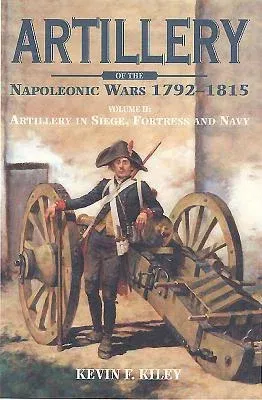Napoleonic artillery can usually be divided into two types: field, or
light artillery which was employed by the armies on campaign and in the
field and siege, or heavy artillery, which was employed in siege
operations and against opponents holding the fortresses against them.
While field artillery consisted of calibers up to and including
12-pounders light enough to keep up with an army on the march and in
combat, siege artillery was of the heavier calibers and intended as
'battering pieces' which could destroy fortifications through
bombardment. Similar garrison artillery was mounted on different gun
carriages and employed to counter the siege operations and siege
artillery of the opposing forces. Serving alongside the artillery men
the engineer arm displayed its expertise in the various operations
needed to take or defend a fortress.
Naval artillery would, along with the skill and seamanship of the naval
officers and ratings who worked the ships, determine who would be
victorious at sea. Naval guns were generally of two types, guns and
carronades and ranged in caliber from relatively small 9-pounders to
32-pounders for guns and even larger calibers for the short-ranged and
deadly carronades.
This volume chronicles the story of the guns and men during the
twenty-three years of almost continuous warfare from 1792-1815 from the
battlefields of continental Europe to the almost primitive terrain of
North America and of the seas, lakes and rivers that connected them.

